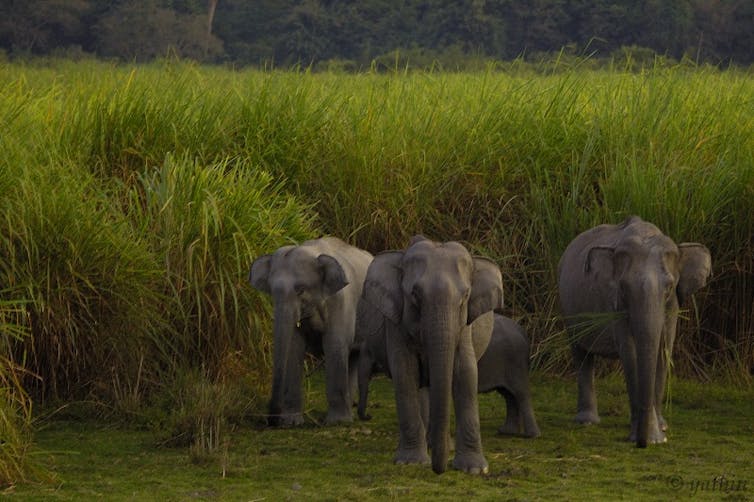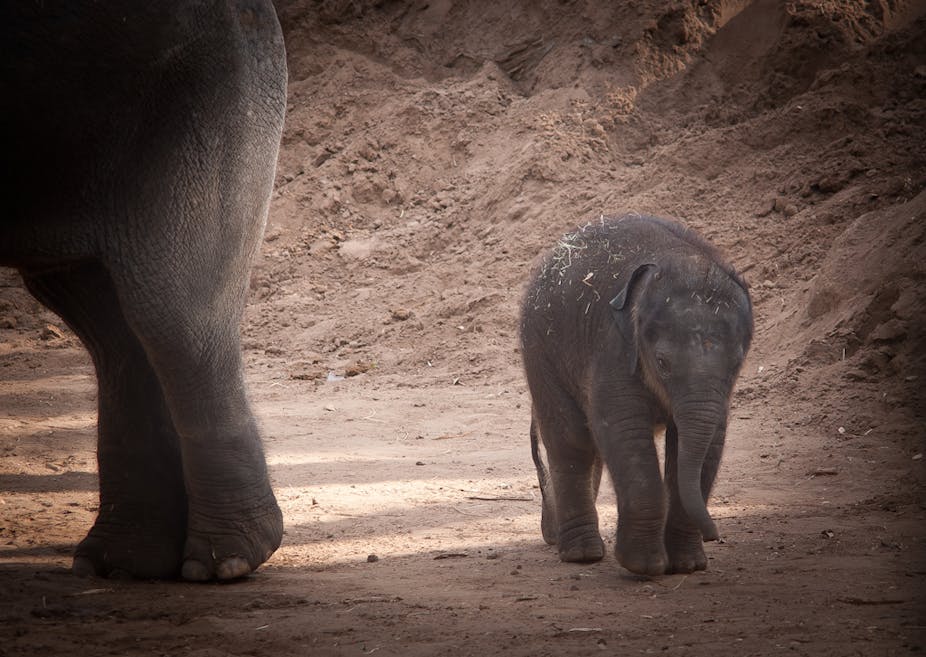Have you ever felt the vibrations as an elephant stamps her foot in rage? In 2000, I was on the New South Wales Central Coast when Arna the circus elephant did just that. Arna was not happy and her distress became the subject of a protected court case, in which it was alleged that Stardust Circus had subjected Arna to psychological suffering by keeping her without companionship.
Arna now lives at Dubbo’s open range zoo. I have visited her new home and I think she is happier there than she was at Stardust. But I’m not sure I would be able to say the same if she had been sent to an urban zoo.
This year, Melbourne Zoo celebrates its 150th birthday. Much has changed in the past 150 years. But in the case of urban zoos it seems that the more things change the more they stay the same.
Zoos Victoria has adopted the motto ‘Fighting Extinction’ as part of a broader agenda of promoting itself as a conservation agency rather than a tourist attraction. While the objective might be noble, I wonder how much of their re-branding sincerely reflects a new era for Zoos Victoria.
A look at Zoos Victoria’s website suggests that conservation is part of their charter. But is it their core business? Thinking about the place of elephants in zoos can help answer that question.
As part of its 150th anniversary celebrations, Melbourne Zoo is commissioning artists to paint animal sculptures that will be placed throughout Melbourne. What animal did Melbourne Zoo choose as its ideological mascot? The elephant; specifically Mali, a female calf born at the zoo in 2010.
Mali will live her entire life in a space only a fraction the size of the typical home range of a wild herd of female Asiatic elephants. She may literally never know what it is to run. She will have no control over who she mates with, whether she has a calf, or what happens to that calf. She will never taste the foods of her homeland. She will not make a single significant decision about her life. It has already been determined that Mali will live in a tiny enclosure, on display, with a couple of other elephants, for the entirety of her life. She will never be returned to Asia. Nor will her offspring.
Does the elephant really encapsulate everything Melbourne Zoo wants to say about itself after 150 years?

Many urban zoos have decommissioned their elephant enclosures. In 2006, Philadelphia Zoo ended its 132 year old practice of exhibiting elephants. Andrew Baker, former vice-president of Philadelphia Zoo, said that in order to continue exhibiting elephants, the Zoo would need to expand the space devoted to them. They were not prepared to do so because community attitudes are shifting so quickly that they were concerned that by the time they had completed a new enclosure it would already by out of step with community expectations - it could be too small or not adequatly enriched. Zoos in Detroit, Chicago, San Francisco, Toronto and New York have all done the same.
Yet despite this international trend, Melbourne Zoo persists in keeping elephants on a tiny tract of land in the high density inner city suburb of Parkville. This is hardly a vanguard approach to exhibiting animals and seems to have little to do with fighting extinction.
So why is Melbourne Zoo using the elephant as its totem? The answer is clear. Melbourne Zoo is a tourist attraction, baby elephants are cute and people will pay to see them. What better way to see a baby elephant than at a convenient, central location, close to cafés, restaurants and shops?
Elephants are not native. The Asiatic elephant is threatened. But it’s hard to see how allowing tourists to view elephants in the heart of Melbourne will reduce threats to the species in the wild including deforestation, human population encroachment, and poaching.
Even if seeing elephants in zoos could help protect the species, the question remains: is it fair to keep a couple of elephants in a small cage in Parkville because it might aid other elephants in the forests of Asia? If imprisoning you could help someone on the other side of the world would you agree to it? Even if your captivity could help thousands of people elsewhere you would probably still consider it unjust.
I won’t be visiting Melbourne Zoo for its 150th anniversary. Not because I don’t like baby elephants, but precisely for the opposite reason. I will not visit Melbourne Zoo because I care deeply about baby elephants and because I won’t patronise a zoo that has learnt so little after 150 years.

